How to Choose the Right Liquid Filling Machine for Your Business Needs
Selecting the right liquid filling machine for your business is a critical decision that can significantly impact your production efficiency and product quality. With numerous types of liquid filling machines available, ranging from manual to fully automated systems, it's essential to understand the various configurations and their applicability to your specific needs.
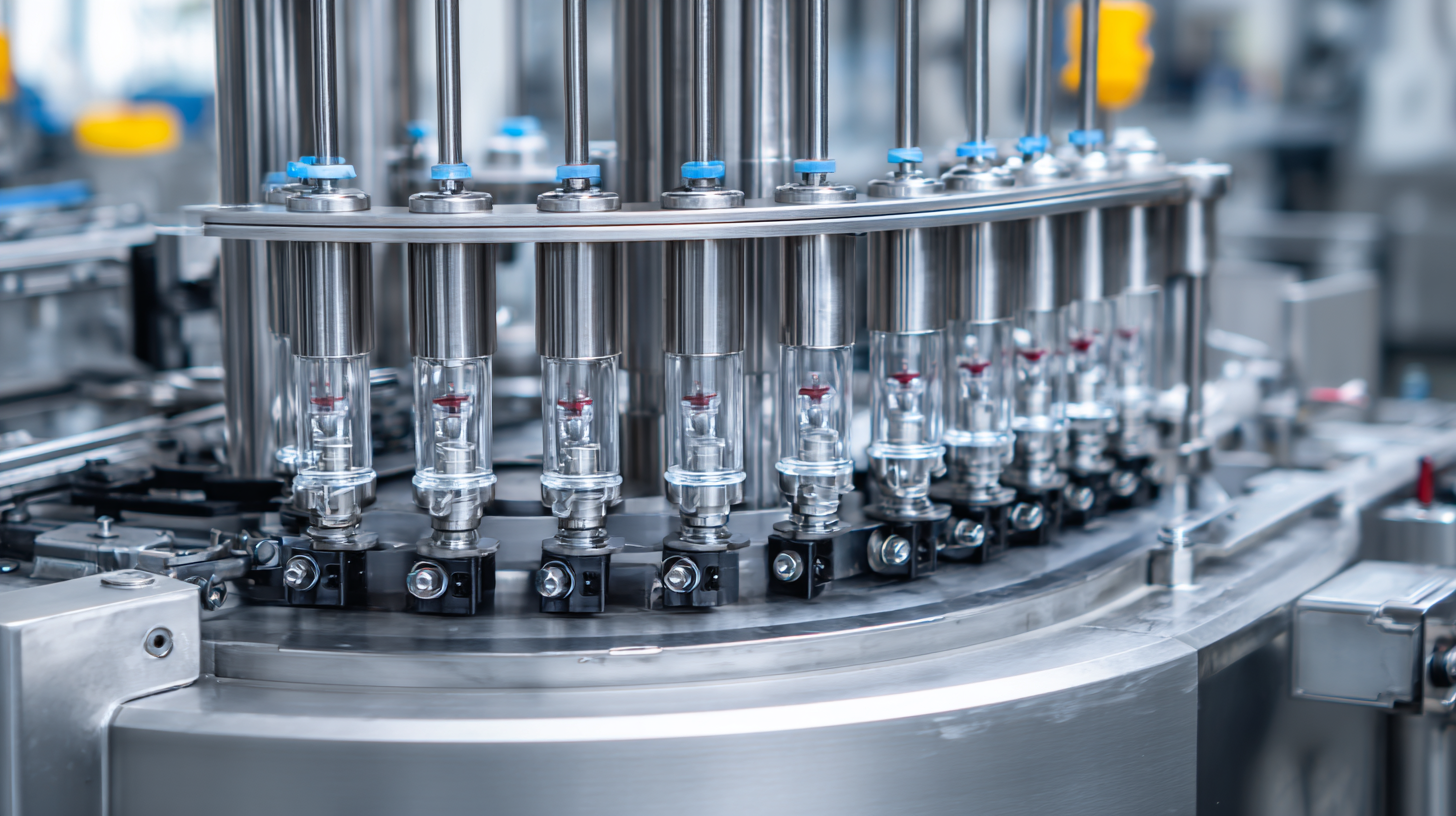
Each type of machine comes with its own set of features, advantages, and limitations, making it imperative for businesses to assess their production volume, the viscosity of the liquids processed, and budget constraints before making a choice. This guide aims to simplify the selection process by providing insights into the different types of liquid filling machines, their functionalities, and key considerations to help you make an informed decision that aligns with your operational requirements.
Understanding Different Types of Liquid Filling Machines and Their Applications
When selecting a liquid filling machine for your business, it's essential to understand the different types available and their specific applications. There are primarily three categories of liquid filling machines: volumetric, gravimetric, and overflow fillers.
Volumetric fillers measure the liquid based on a predetermined volume. They are ideal for products with consistent viscosity, making them perfect for water, juices, and other thin liquids. Gravimetric fillers, on the other hand, weigh the liquid before dispensing it. This method ensures accuracy and is often used for thicker products, such as sauces or creams, where density may vary.
Overflow fillers are particularly useful for products that require a consistent fill level, regardless of their viscosity. They work by filling the container and then allowing excess liquid to overflow, ensuring a uniform fill line across all containers. This type of filler is commonly used in industries like cosmetics and pharmaceuticals, where appearance and consistency are crucial. Understanding the nuances of each type will help you select the machine that best fits your production needs, ensuring efficiency and product integrity.
Evaluating Speed and Efficiency: Key Performance Metrics for Liquid Filling Machines
When selecting the right liquid filling machine for your business, evaluating speed and efficiency is pivotal. Key performance metrics such as filling speed, accuracy, and operational uptime can significantly impact your production output and costs. A machine that can fill more bottles per minute while maintaining precision will minimize downtime and increase overall productivity. Consideration of the machine’s compatibility with various containers and fluids is important, as it can affect the speed and efficiency of the filling process.
Tips for enhancing speed include selecting a machine with adjustable fill speeds that can accommodate different production runs. It's wise to look for equipment with built-in automation features, such as sensors or automatic capping, which can streamline the process. Moreover, regularly maintaining the machinery ensures that it performs optimally, reducing the risk of breakdowns that can hinder efficiency.
Another crucial factor is the calibration of the filling system. Machines that allow for easy adjustments and recalibrations enable swift changes between different products, enhancing overall efficiency. Make sure to choose a model that supports quick changeovers to minimize any periods when the machine is not in operation.
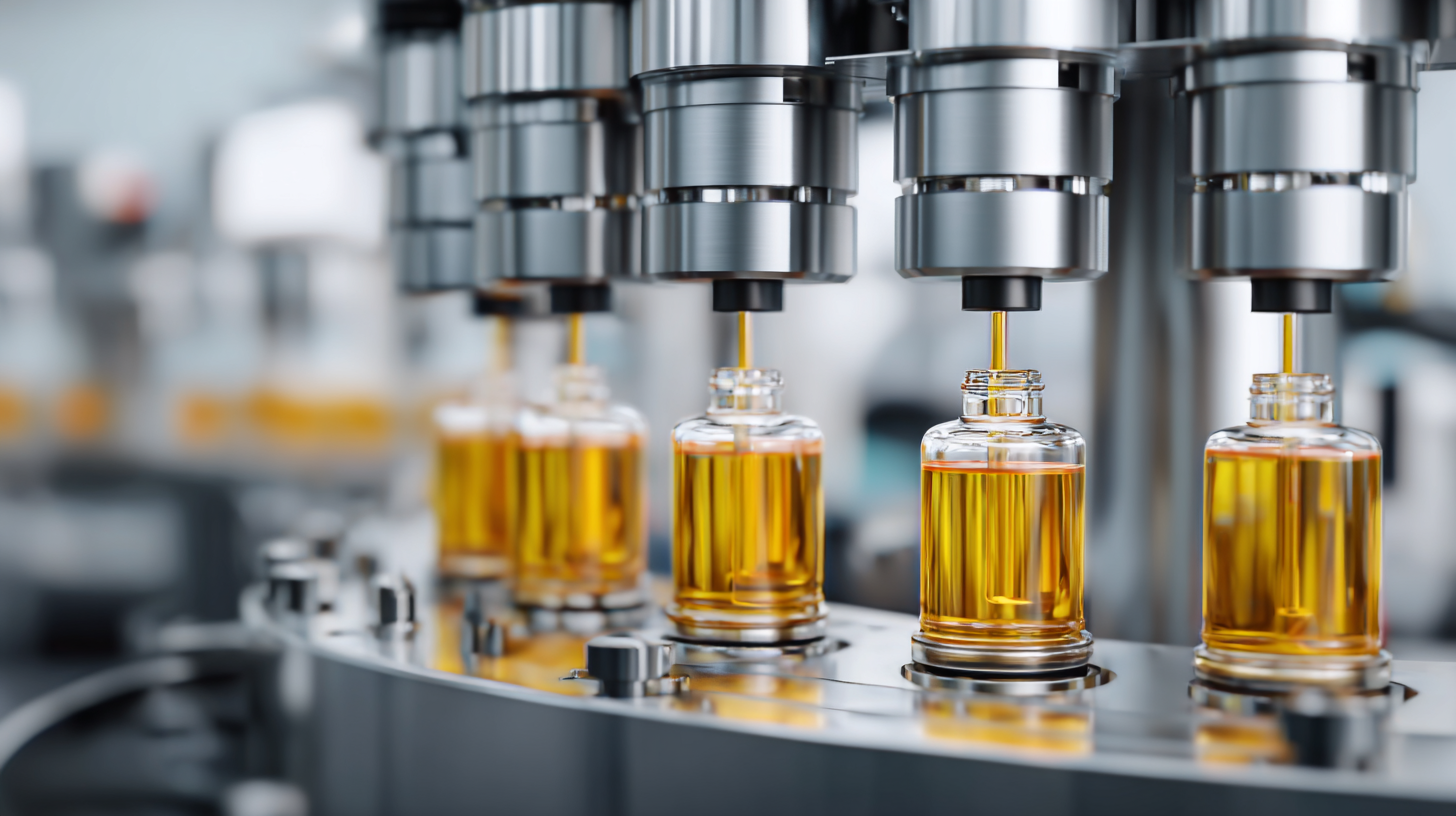
Assessing Product Compatibility: Choosing Fillers for Various Viscosity Levels
When selecting a liquid filling machine, understanding your product's viscosity is crucial. Different fillers are designed to handle liquids of varying thickness, from water-like substances to thicker formulations such as creams. For instance, a gravity filling machine may be suitable for low-viscosity products, while more complex liquids often require piston or pump fillers to ensure accurate dispensing. Evaluating the viscosity of your products will help in choosing the right equipment that meets your operational needs.
**Tips:** Always conduct a viscosity test on your product to determine its specific requirements. This will help you choose a filler that can maintain consistency during the filling process. Additionally, consider the temperature at which your product is processed, as this can affect viscosity and, consequently, the type of filling machine you need.
In addition to viscosity, compatibility with the filling machine materials is important. Some products may react with certain materials, leading to contamination or degradation. Therefore, it's essential to choose machines that offer components made from suitable materials that are resistant to any potential adverse reactions. Ensure to verify the machine's specifications with your product to avoid unexpected issues during production.
Cost Analysis: Comparing Initial Investment and Long-term Operational Costs
When selecting a liquid filling machine, understanding the cost implications is crucial. The initial investment often includes not only the purchase price of the machine but also additional expenses such as installation, training, and modifications to your production line. Businesses should conduct a thorough cost analysis to determine the total upfront investments required to implement a new filling solution effectively. This may involve comparing different models and features that align with your production needs, ensuring you don’t overspend on capabilities that won’t be utilized.
Equally important is evaluating the long-term operational costs associated with the equipment. Factors such as maintenance, labor, energy consumption, and potential downtime must be considered. A machine that appears cost-effective upfront may become a liability if it requires frequent repairs or has high energy costs, negatively impacting your return on investment over time. By analyzing both initial and ongoing expenses, businesses can make informed decisions, ultimately leading to a more efficient and profitable operation.
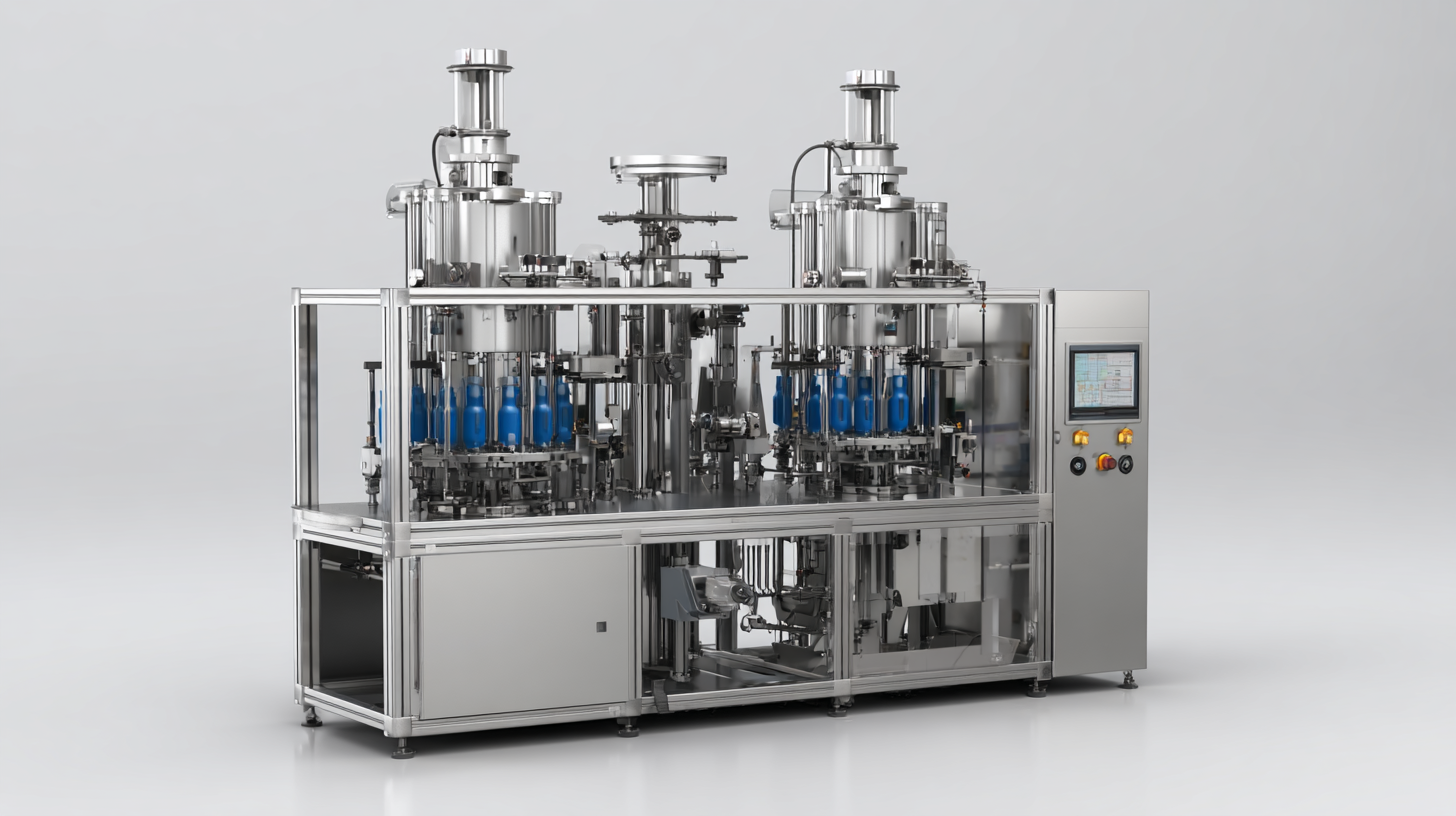
Regulatory Compliance: Ensuring Your Liquid Filling Machine Meets Industry Standards
When selecting a liquid filling machine for your business, regulatory compliance is paramount. According to a report by the International Society for Pharmaceutical Engineering (ISPE), more than 80% of liquid filling processes in the pharmaceutical industry must adhere to stringent guidelines set forth by authorities like the FDA and EMA. These regulations ensure that the equipment used does not compromise product quality and safety. For example, filling machines need to comply with the Good Manufacturing Practices (GMP) which dictate not just the machine’s design, but also its cleaning, validation, and maintenance protocols.
In addition to pharmaceutical standards, industries such as food and beverage are governed by specific regulations as well. The Food Safety Modernization Act (FSMA) emphasizes preventive controls and verification that manufacturing processes employ compliant machinery. According to market research from MarketsandMarkets, the demand for hygienic liquid filling machines has increased by approximately 6.5% annually, reflecting the heightened focus on compliance across sectors. Understanding these regulatory requirements not only ensures that your chosen filling machine meets industry standards but also protects your brand’s reputation and reduces the risk of costly recalls.
Related Posts
-
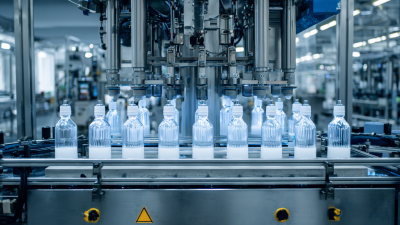
Unlocking Efficiency: Benefits of the Best Liquid Filling Machines for Your Business Success
-
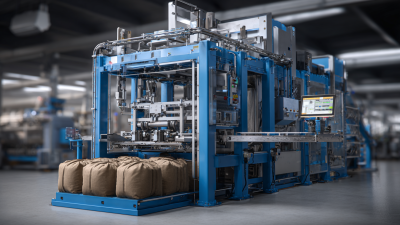
The Comprehensive Handbook for Selecting the Best Bag Filling Machine
-

The Future of Liquid Packaging Machines: Innovations Driving Efficiency and Sustainability in 2025
-

Ultimate Guide to Best Vacuum Packing Machine Features 5 Key Specifications You Must Compare
-
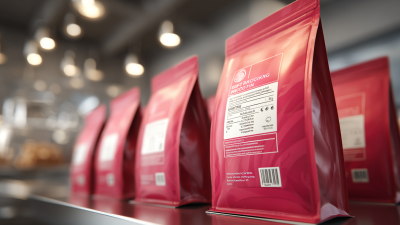
Exploring the Best Flexible Packaging Specifications with a Step by Step Guide
-
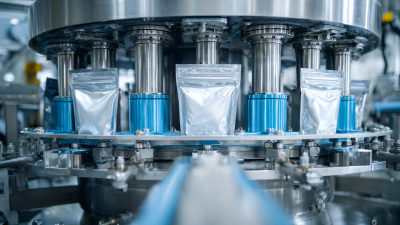
How to Optimize Production Efficiency with Pouch Filling Machines in Your Manufacturing Process

